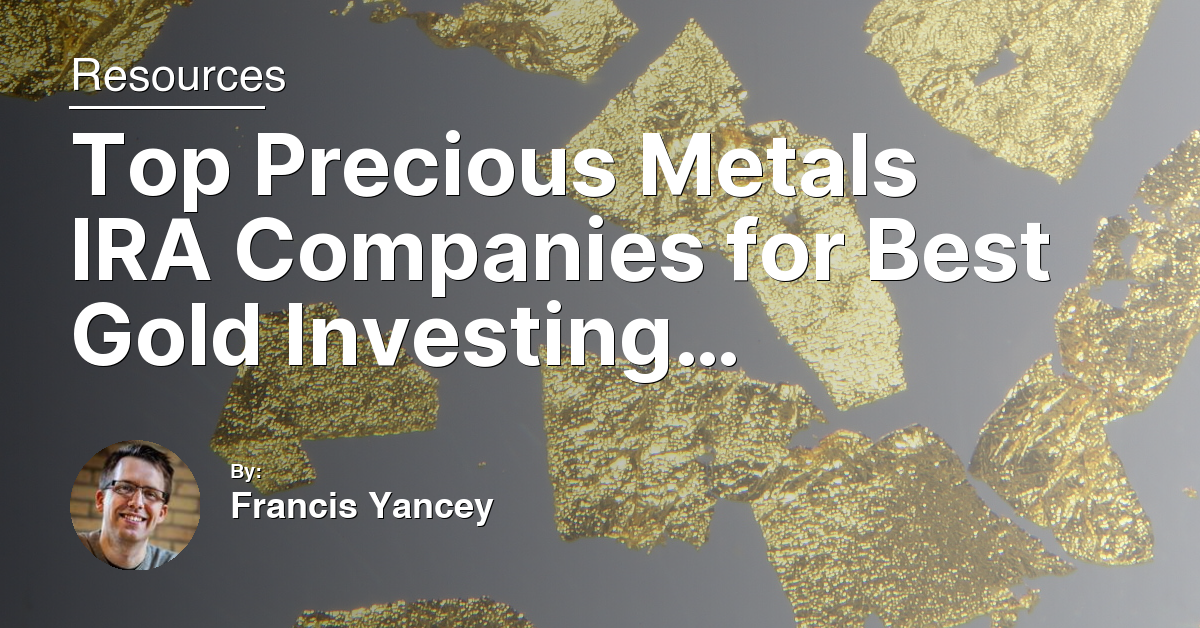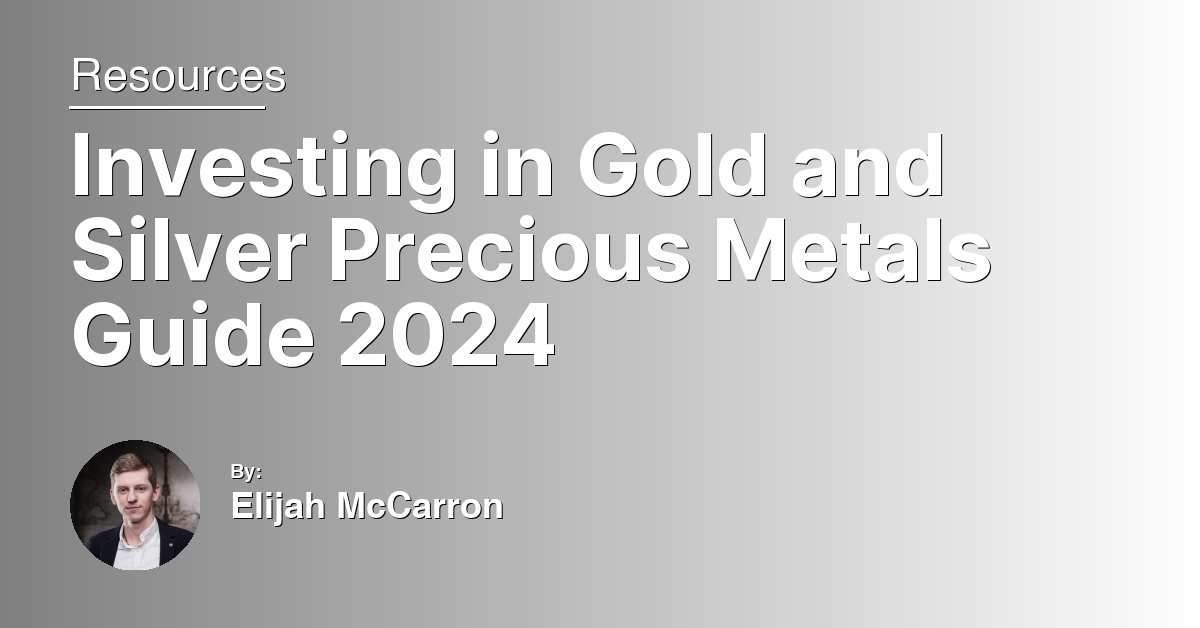In this insightful article, we delve into the mind of Trevor Gerszt, the visionary CEO of Goldco, who has carved a niche for himself in the precious metals industry. As an author and an astute investor, Gerszt shares his profound insights on investing, drawing from his rich experience and the trends shaping the future of finance. Join us as we explore the wisdom and strategies that have propelled Gerszt to the forefront of his field, offering valuable lessons for investors looking to navigate the complexities of today’s market.
The Future of Precious Metals: Prices and Predictions
In the realm of precious metals, understanding market sentiment and economic indicators is crucial for predicting future prices. Factors such as inflation, central bank policies, and global economic uncertainties play a significant role in shaping the demand for metals like gold, silver, platinum, and palladium.
Given the current environment of high national debt in the United States, coupled with ongoing deficit spending, precious metals continue to be seen as a safe haven investment. The historical context, recalling events like the collapse of Lehman Brothers and Bear Stearns, reminds investors of the volatility and uncertainty in the stock market, further bolstering the appeal of metals.
Looking ahead, experts anticipate that precious metals will maintain their value, if not increase, amidst potential recessions or economic downturns. This is due in part to their inherent worth, limited supply, and the increasing demand in industries such as technology and automotive, especially for metals like palladium.
Investors are advised to closely monitor central bank decisions, especially regarding interest rates and federal funds rate, as these can significantly impact investment strategies. In a landscape marked by fluctuating economies and interest rates, precious metals offer a form of stability and security, making them a wise choice for diversifying portfolios.
The Growing Importance of Silver in Investment Portfolios
In the current economic climate, characterized by uncertainty and fluctuating market sentiment, silver has emerged as a critical asset in diversifying investment portfolios. Unlike other metals, silver boasts both industrial and monetary uses, enhancing its appeal during times of inflation and recession. Investors are increasingly recognizing silver’s potential to hedge against deficit spending and the burgeoning national debt of the United States, factors that traditionally weaken the value of paper money.
The 2008 financial crisis, marked by the collapse of Bear Stearns and Lehman Brothers, underscored the importance of precious metals in safeguarding wealth. Silver, alongside gold, acted as a stabilizer, offering investors a safety net amid the stock market turmoil and bank runs. Not just an investment hedge, silver’s industrial demand, particularly in sectors like electronics and renewable energy, adds an additional layer of value, making it a multifaceted asset in any investment portfolio.
Given its price accessibility compared to gold, silver allows for broader market participation, enabling both seasoned and novice investors to benefit from its protective and growth-oriented characteristics. This metal’s dual role ensures its growing importance, especially in times of economic bubbles, high interest rates, and geopolitical tensions.
Central Banks and Their Unquenchable Thirst for Gold
Central Banks globally maintain a high demand for gold, viewing it as a critical asset in stabilizing their reserves. This demand reflects gold’s enduring value through economic turbulence, serving as a hedge against inflation and currency devaluation. As inflation rates fluctuate and the threat of recession looms, central banks turn to gold, reinforcing their financial security amidst uncertain economic forecasts.
The United States’ national debt and the ever-present risk of economic bubbles further justify central banks’ appetite for gold. History has shown that during times of financial crisis, like the 2008 subprime mortgage meltdown or periods of high inflation, gold’s price typically rises, providing a safe haven for investors.
Central banks’ strategy to bolster gold reserves is not just about crisis management; it’s a testament to gold’s intrinsic value in preserving national wealth. By increasing their gold holdings, central banks aim to ensure liquidity, build confidence among investors, and safeguard against the unpredictable swings of the economy.
The Impact of Economic Policies on Your Investments
Economic policies have a profound impact on the performance of various asset classes, including precious metals like gold and platinum. When governments increase spending or the national debt rises, it often leads to inflation. In such scenarios, gold has historically served as a hedge, protecting the value of your investments.
Interest rate decisions by the Federal Open Market Committee influence the economy’s momentum. A rise in rates can make borrowing more expensive, affecting everything from mortgage rates to the cost of financing a car. Conversely, lower rates can boost economic activity but may devalue the currency, making hard assets like gold more attractive.
Investors should closely watch these policies, understanding that shifts can signal opportunities or risks. For instance, an economic bubble or a looming bank run might prompt a move towards safer assets like gold or cash. Being aware of these dynamics allows investors to safeguard their portfolio against uncertainty and capitalize on trends, ensuring long-term growth and stability.
F.A.Qs
Who is the CEO of Goldco?
The CEO of Goldco is Trevor Gerszt.
How reliable is Goldco?
Goldco has established a strong reputation for reliability, backed by over 5,000 5-star reviews and recognition on Inc. 5000’s list of Fastest Growing Private Companies for seven years in a row.

